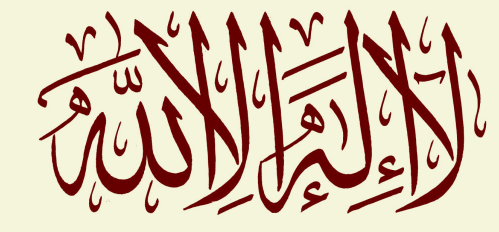Dissertation: The Symbolic Function of Angels in the Qurʾān and Sufi Literature By Louise Gallorini
This dissertation is a literary study tracing the roles and functions of angels as characters in the Quranic text and pre-Mongol Sufi literature (7th-12th century CE). The first chapter explores the mythopoeic process related to angels in the Quranic text, listing their roles and functions, and how they illustrate one of the main cosmological shifts between pre-islamic belief systems and the islamic belief system. The second chapter traces the evolution of these roles and functions in the tafsīr genre, more specifically the Sufi commentary subgenre, with the examples of commentaries by al-Tustarī (d. 283/896) al-Sulamī (d.412/1021), al-Qushayrī (d.465/1072), Ibn Barrajān (d. 536/1141) and Rūzbihān Baqlī (d.606/1209). Out of these arise two additional functions, not found in the Qurʾān, illustrating an evolution in time in the religious world-view. The third and fourth chapters explores these functions in two different examples of Sufi literature of the same period, and which could be considered as “Quranic commentaries” in a general sense. The third chapter thus explores the presence and functions of angels in Sufi miʿrāj narratives, or tales of celestial ascensions ascribed to Sufi masters, with the two main examples of Abū Yazīd al-Bisṭāmī (d. 261/874-5 or 234/848-9) and Muḥyī al-Dīn Ibn ʿArabī (d. 645/1248). The fourth chapter focuses on angels as they appear in the “Meccan Openings” (al-Futūḥāt al-Makkiyya) by Ibn ʿArabī. Angels as characters appear thus to embody a specific multi-layered symbolic function in Sufi texts, whereby they become multivalent characters or signs, whether present or absent from the narrative, signifiers for the readers, both inside and outside the text
